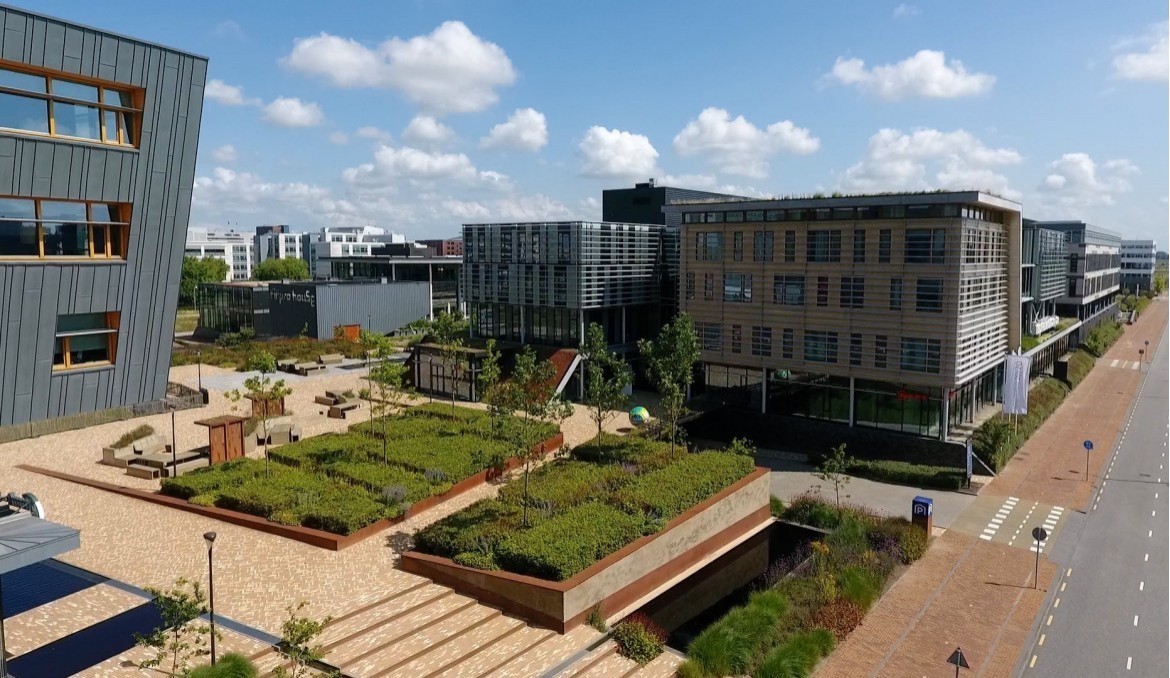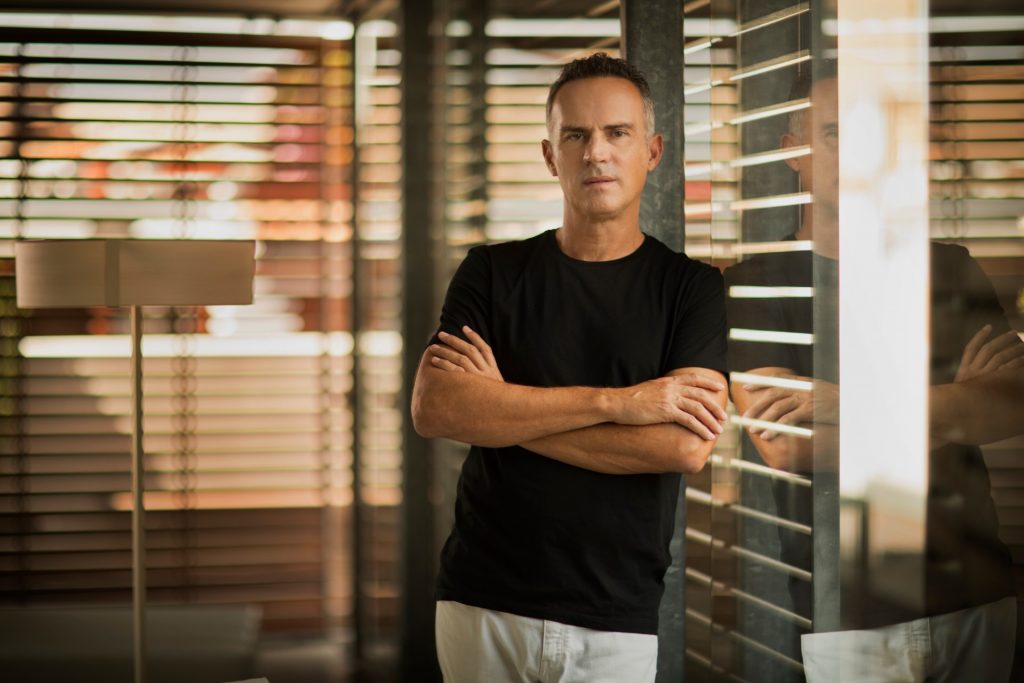
Ramón Esteve is a benchmark in Spanish architecture. He opens up to The Decorative Surfaces to give us his take on sustainable architecture and integrating his projects into natural settings.
We last spoke two years ago and would like to know how these couple of years have been for you and how the situation of architecture has changed, taking into account the very particular year we have just gone through!
This last year we won several competitions such as renovating the Rodes de Alcoy Foundation and designing the new Zumex facilities. Despite the complicated situation right now, our practice is seeing growth with new project opportunities and scope.
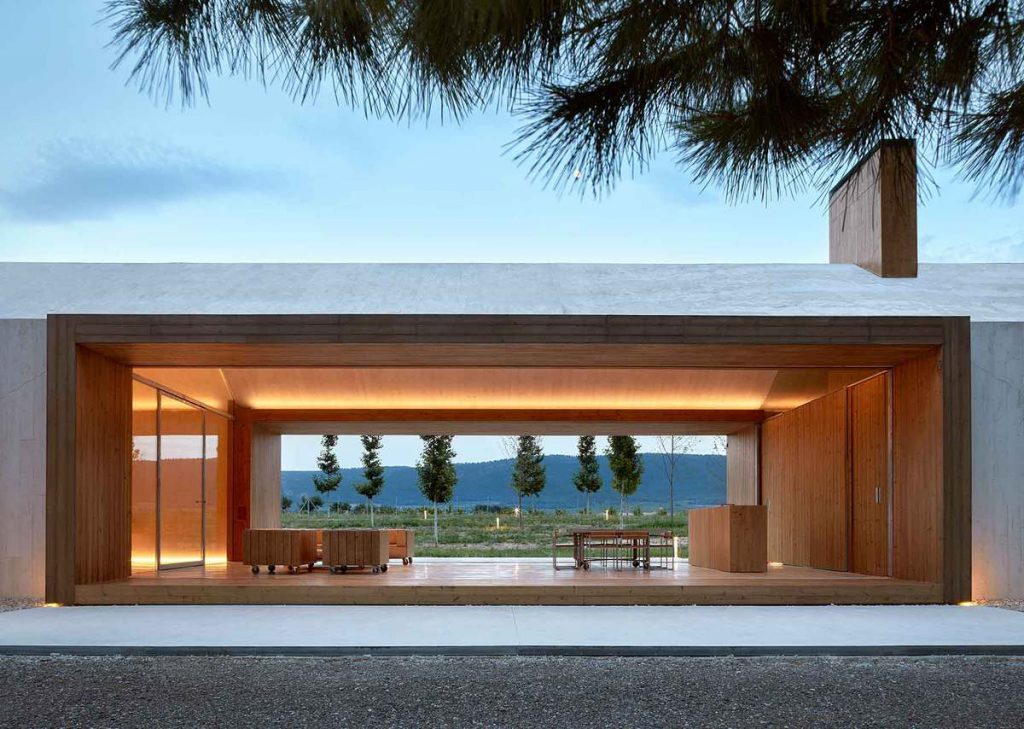
Ramón Esteve Estudio
Sustainability in construction is hogging the headlines in architecture media in this new era. What is your take on it all? Do you really think we have changed our mindset?
Sustainable architecture provides an answer to a real problem: the limited resources of our planet. It is really interesting that attention is focused on this issue as, currently, there are no alternatives. I hope that this is not questioned in the future and it becomes an intrinsic element to all activities. Right now, the important thing in terms of those headlines is visualising a truly serious problem that remains unsolved. Architecture does its very best to come up with different approaches, yet there’s still a lot to do with regard to this issue.
Sustainable architecture continues to be extremely important, but the problem is far from being solved and any steps taken bring us closer to possible solutions. It is one of the major problems of today and for the future. If we do not start to consider the lifecycles of things, we will have serious problems in the future.
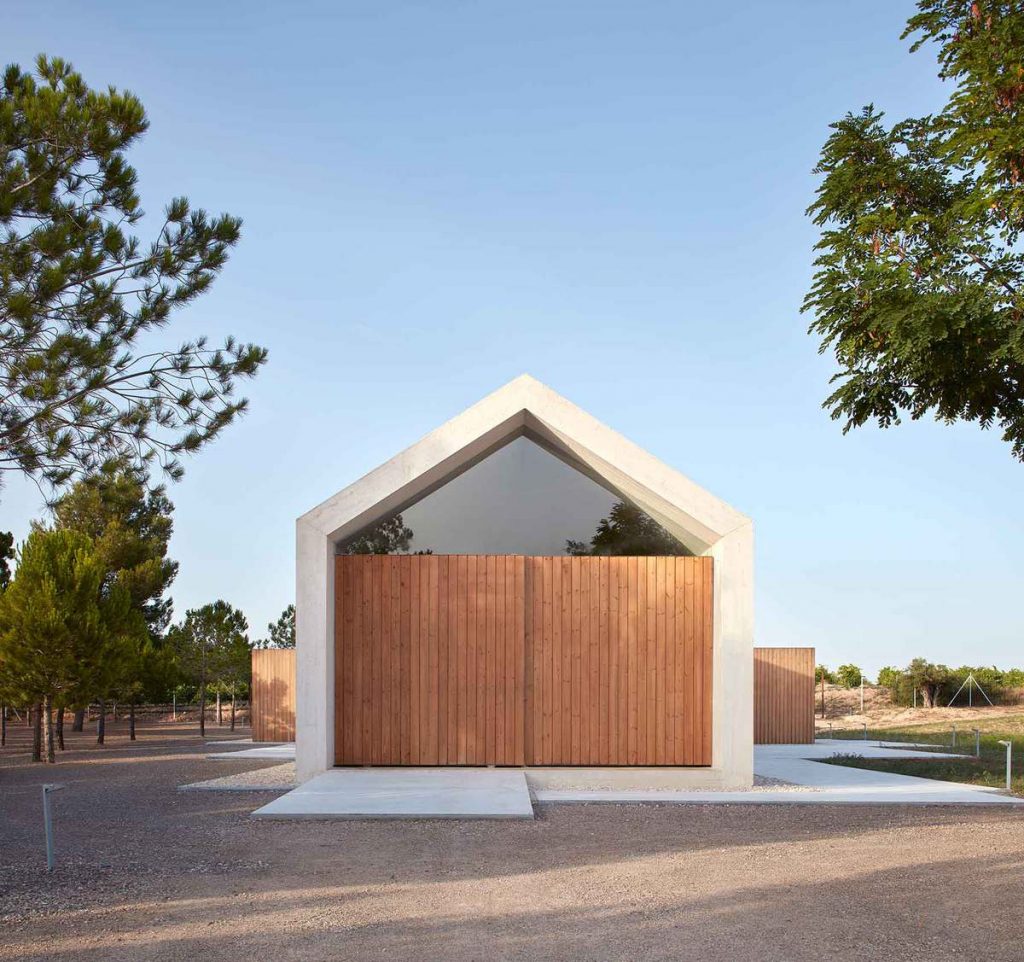
Ramón Esteve Estudio
How do you make your projects more sustainable? Have you changed any of your methods or materials to reduce any negative impacts from projects?
By streamlining resources and attempting to use materials that can be recycled and reused, creating a lower carbon footprint.
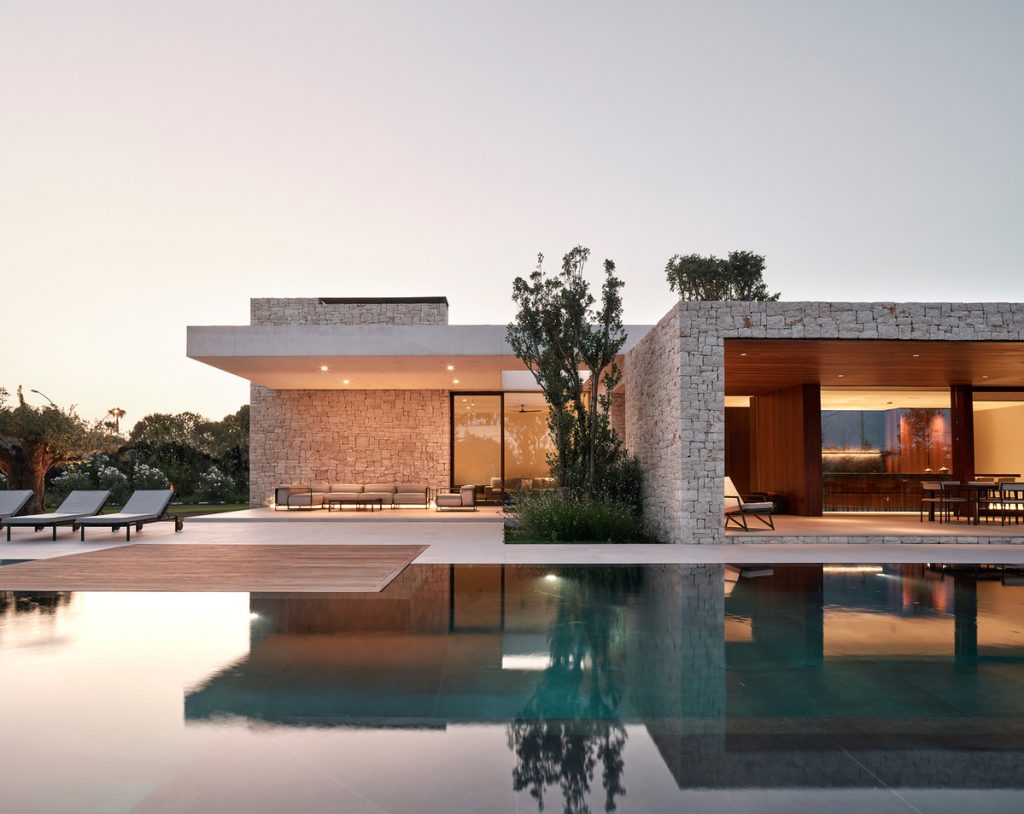
Ramón Esteve Estudio
What were the challenges of the Refuge project in La Viña in terms of preserving the area’s natural environment? How did you manage to create the bond with nature?
For me, architecture is born from location across all my projects. The refuge in La Viña is in a protected natural setting where a landscaping integration project had been designed. I came up with an architectural design that visually matched the historical and traditional culture of the local landscape (the Alforins or the Tuscany of Valencia). In turn, resource use was cut to a minimum. In fact, the water comes from a 100ml tank that uses river water and there was solar support and cross-ventilation. All the plants are local and only use rainwater for irrigation.
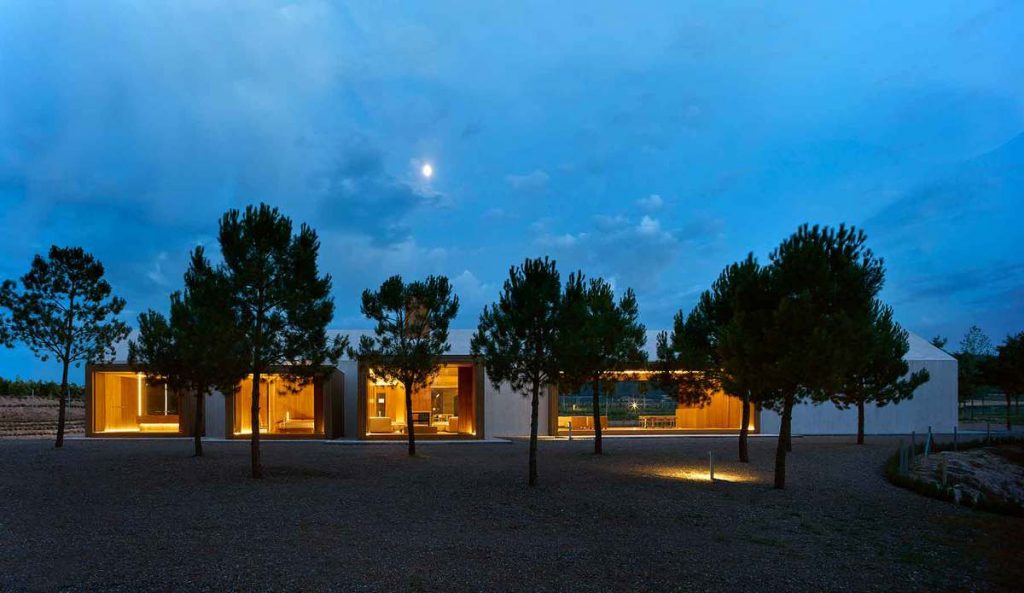
Ramón Esteve Estudio
Water is one of the standout natural elements at the Mara Views, Casa Madrigal and Jubail Ports projects: what does this element represent to you and what kinds of sensations do you seek to inspire in residents?
Water is elemental. I try to ensure all projects include tanks to collect rainwater and use it. The problem is that this is not always possible as initial investment costs can be very high. Long-term, our aim is for all gardens to be irrigated with rain and stored water resources. At Mara Views, we planted enough vegetation so that the plants in the garden would absorb the CO2 emissions from all cars parked close to the project.
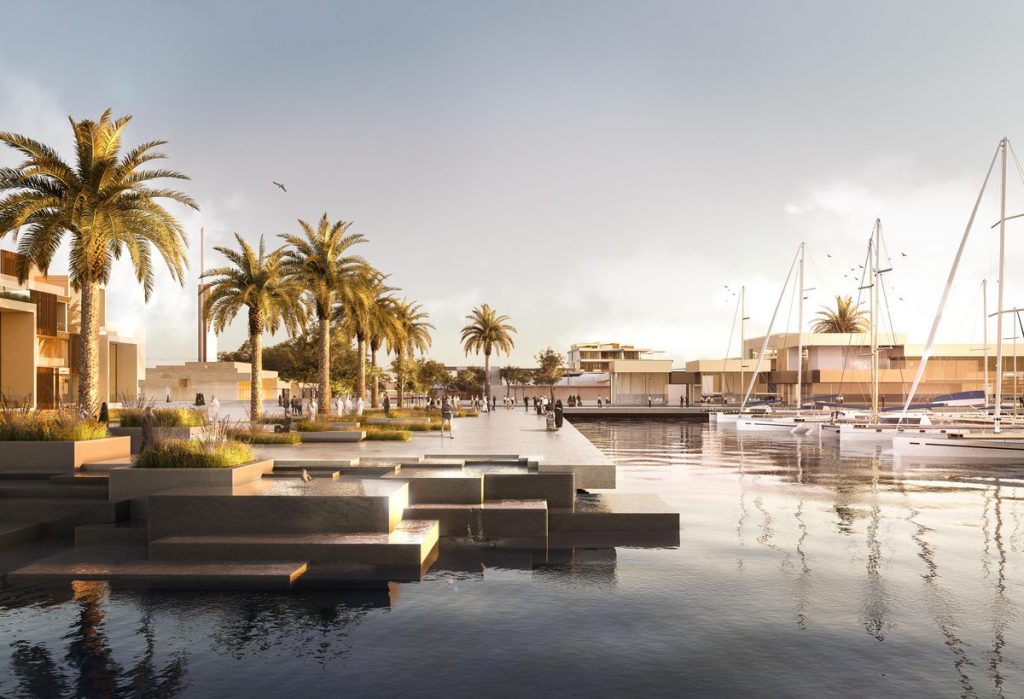
Ramón Esteve Estudio
Do you usually use stone materials such as COMPAC surfaces? What do you think about creating spaces with these materials?
Of course! My architectural designs are characterised by the use of natural stone, in line with the biophilia hypothesis. The hypothesis argues our instinctive bond with nature and other forms of life as an evolutionary product of natural selection that affects intelligent species whose survival depends on close ties to the environment, as well as a practical appreciation of plants and animals.

